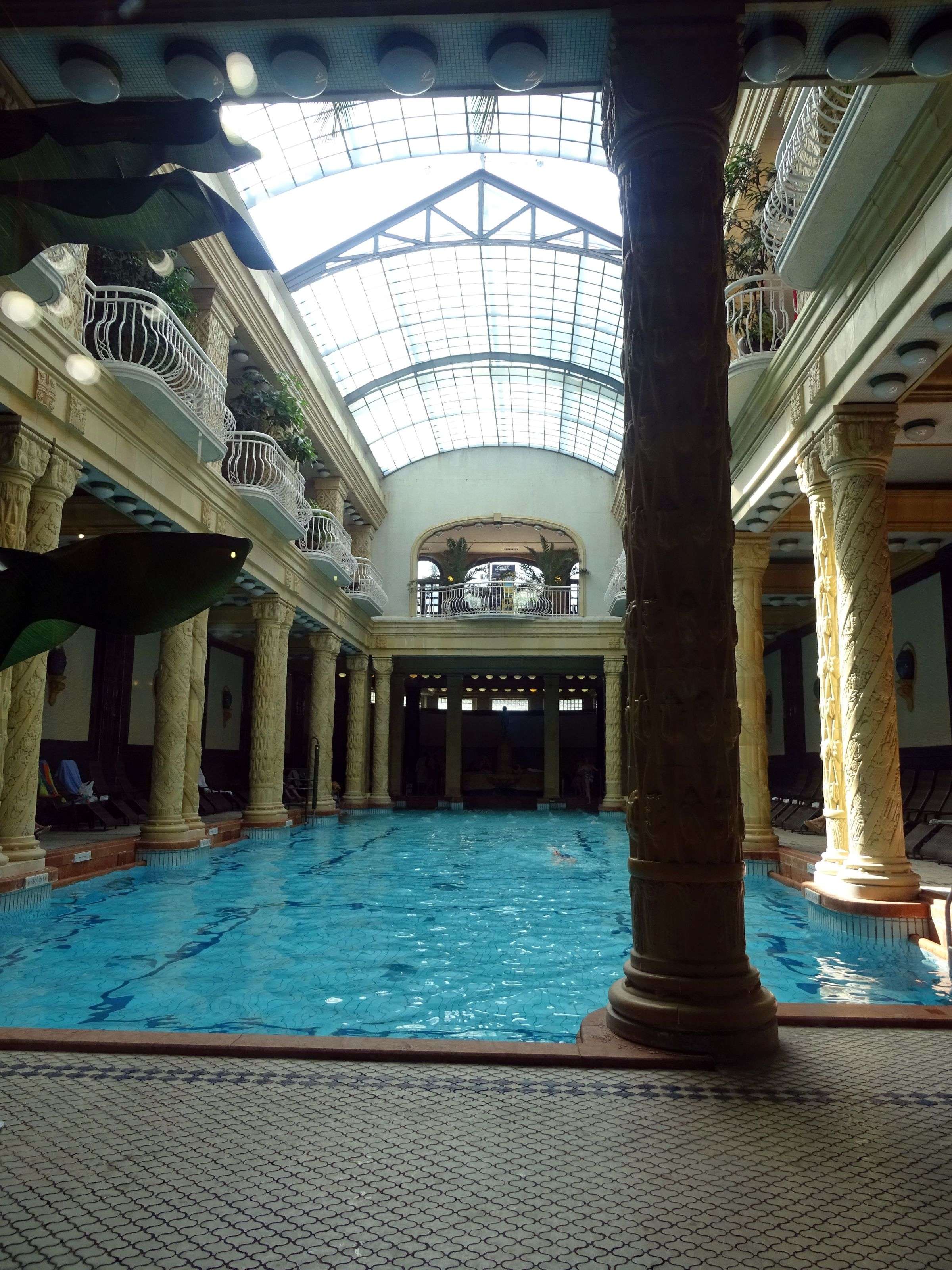There is a lot more to Italian Renaissance paintings than rotund nudes. One often overlooked theme is food and its impact and reflection on Italian culture. Sometimes food is the centerpiece, alluding to external factors, such as prosperity, conviviality, natural beauty, or temptation. Other times it’s merely a detail – but details can often be juicy. So we asked three of our guides, all art historians and food experts, to give us a glimpse into what we can learn about 16th-century food traditions and habits by looking at the art from that period.
Even today, a key factor in all the regional declinations of what we can call Italian cuisine is the use of fresh, seasonal products, no matter the recipe. In “The Young Sick Bacchus”, painted in 1593-94, Caravaggio is believed to have painted a self-portrait, depicting himself as a youthful god of wine with grapes, explains our Rome guide Elizabeth Janus. “It alludes to the process of winemaking but also to fruit that would only be available in the late summer or early autumn months. There are both white and red grapes pictured, some grape leaves, and what seem to be peaches, which also ripen around the same time and remind us of the importance of eating food in season. Besides being made into wine or digestifs, these fruits could have been eaten directly from the vines and trees or preserved as jams.” By linking the origins of Bacchus, the Roman god of fertility and wine, to the Greek god, Dionysius, she also points out how the Greeks were an important presence for the Etruscans and Romans so they also had an influence on the cuisine of the peninsula that we now call Italy.
But food can be seen both as a social activity and a social status indicator: peasants and merchants had access to very different groceries, and this was reflected in the dishes they consumed. According to our Tuscany guide Adrienne Kovats, Dosso Dossi’s painting “Witchcraft” (Allegory of Hercules) gives us a sample of the ingredients that were available at the time and that have entered our culinary tradition. Ruddy faces express the exaltation of the joys of life, while a woman’s naked breasts and her basket of fruits symbolically allude to abundance. In the foreground are two elements that are still typically consumed during Labor Day picnics in the countryside: fava beans in their pods and half a wheel of pecorino cheese on a plate. While this may look commonplace, aged cheese wasn’t something that peasants would consume often back then. “Farmers would normally sell the cheese they didn’t eat, so any aged cheese like pecorino was considered a delicacy, reserved primarily for the nobility, especially when combined with fruit”, explains Kovats. “In fact, there’s a saying that goes ‘Don’t let the farmer know how good his cheese goes with pears.’ In other words, if he acquires a taste for it, he might not sell it to you.”
During the Renaissance, a clear demarcation separated peasant food – or what has become to be known now as “cucina povera” – from the sophisticated cuisine of the nobles. “Farmers mostly consumed porridge-like soups, different types of breads and grains, and a lot of vegetables”, Kovats adds. She also explains how they didn’t use salt, because it was too expensive: from here derives the tradition of the Tuscan bread [which is salt-less]. The upper classes instead feasted on meats, which they liked to roast after having boiled it in a concoction of rose water, lemon, and orange juice. Many dishes that we commonly associate with French cuisine, such as the canard (duck) à l’orange come in fact from Florence, via Catherine de’ Medici.
“We could actually think of her as the first “foodie” or gourmand in history”, she says. Catherine is also credited with introducing the French to the fork. Another great example, in this regard, is Titian’s Presentation of the Virgin, located in its original site of the Scuola di Santa Maria della Carità, now Venice’s famous Accademia Gallery. While the main subject is the Virgin Mary as a child ascending the steps of the temple, possibly one of the most compelling details is to be found in the center foreground, in the shape of an old woman selling eggs. Crouched below the steps, her aged, hunched body marks a potent contrast to the small, upright golden figure of Mary above her. A basket of eggs is beside her. “Eggs of course are a symbol of fertility and renewal, and for Christians in particular a symbol of the rebirth of Jesus, so it makes sense that they are featured here”, explains our Venice guide Monica Vidoni. “But eggs are also an inexpensive, humble form of nutrition, far from the exotic fruits and game often featured in still lifes.” Not only does this painting offer a view into the everyday eating habits of the Venetians at the time, but it also tells us something about how society was organized in terms of roles and work conditions, as poor women regularly worked as egg vendors back then.
“The streets of Renaissance Venice were filled with old, often widowed women who survived by selling simple foods like eggs to their neighbours”, she explains. The eggs painted here could have come from the old woman’s own chickens – chickens were common inhabitants of the city in this period. This painting, then, can transport the viewer back to daily life in Renaissance Venice. Titian’s prominent inclusion of this modest woman in this powerful and lofty scene connects the viewer to that prosaic, daily life of regular Venetians. “By juxtaposing the young Mary on her spiritual journey to the humble woman selling simple eggs, Titian reminds the viewer of the connection between the celestial and the terrestrial, the world to come and the world of even the humblest 16th-century Venetian.”













